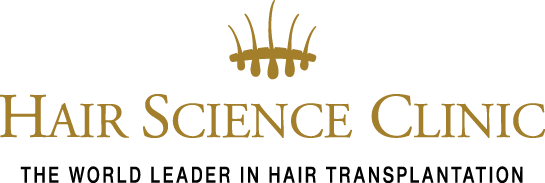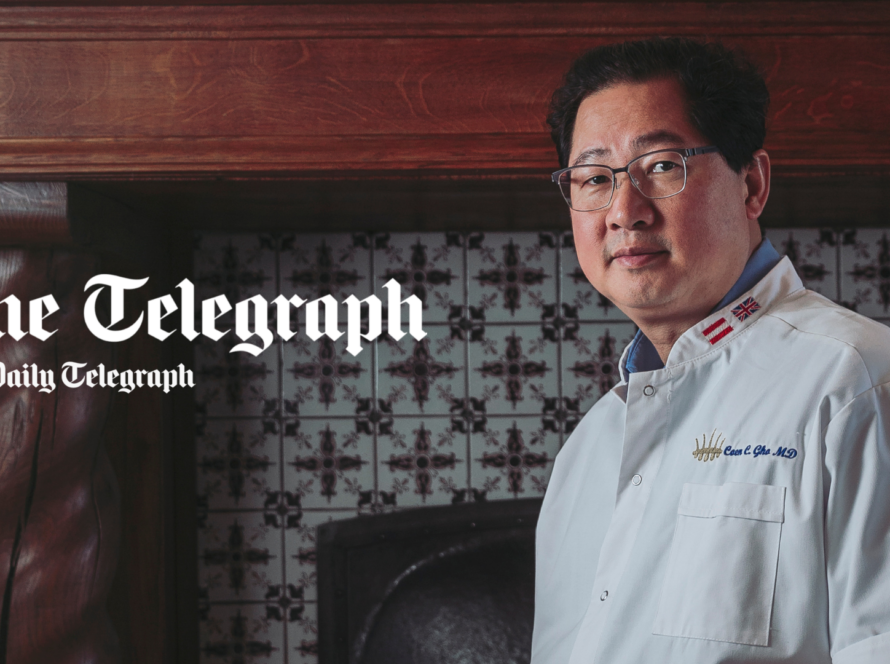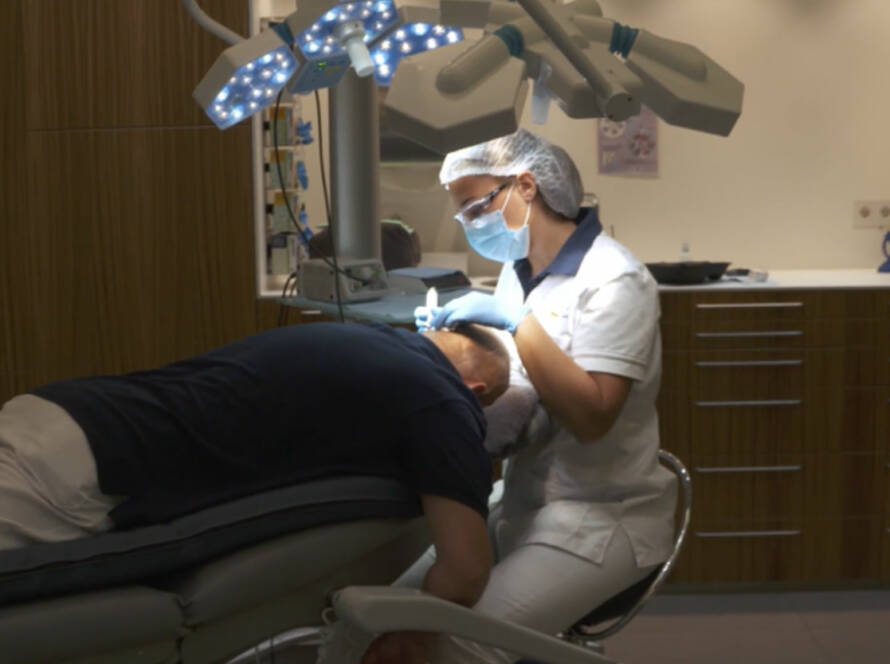A hair transplant is a big step and an expensive procedure. It is therefore important to choose the right practitioner. It is wise to inform yourself well and compare different clinics. Pay attention not only to price, but also to several other factors. It is important to consider all factors before deciding on your hair transplant.
Important When Choosing a Hair Transplant
- Reliability of the clinic
- Results of previous hair transplants
- Experience of the hair surgeon
- Safety
- Transparency about costs
- The hair transplant technique used
- Preservation of donor area for possible follow-up treatments
Reliability of the Clinic
First of all, it is important to examine the reliability of the clinic. A suitable clinic will employ experienced doctors and specialists who know what they are doing and use the latest techniques. A good way to investigate a clinic’s reputation is to read patient reviews and read reviews and experiences of former clients on the internet.
Transparency
A good hair transplant clinic stands out from other clinics in several ways. First of all, a good clinic uses up-to-date, safe hair transplant techniques. Applying the latest techniques (such as the HST method) helps minimise complications during and after treatment. In addition, a good clinic is completely transparent about the cost, the conduct of the treatment and the expected results. This information should be communicated prior to treatment and in understandable language.
Honest Expectations
A good clinic also outlines honest expectations with patients and takes enough time to educate them about the treatment. This means that the clinic is not only interested in doing the treatment, but also in the patient’s aftercare after the hair transplant. Finally, a good clinic has experienced and BIG-registered practitioners and excellent facilities. This ensures that the patient can undergo the treatment in confidence.
Characteristics of a Good Hair Transplant Clinic
- uses a safe, up-to-date hair transplant technique
- is transparent about treatment and costs
- draws up honest expectations and takes the time for each patient
- works with experienced, registered doctors and has excellent facilities
- provides excellent aftercare
Results of Previous Hair Transplants
If you decide to undergo a hair transplant, it is wise to do serious preliminary research so that you know what you are getting into. A good indicator is the results of previous transplants. Looking at examples of previous hair transplants will give you a good indication of the quality of the clinic’s work.
Don’t be tempted by large numbers of grafts
The aim of a hair transplant is to achieve as natural a result as possible and not to transplant as many grafts as possible. While the number of grafts transplanted certainly determines the result (and price) of a hair transplant, the success of a hair transplant depends on many more factors: the condition of the donor and recipient area, the expertise of the doctor and the quality of clinic, medical team and aftercare.
Experience of the Hair Surgeon
A good hair surgeon has expertise: knowledge, precision and accuracy, which can only be achieved through practice and experience. The more experience, the better the practitioner is able to advise and treat you. Therefore, it is good to know how much experience a surgeon has and how many hair transplants he or she has already performed. Expertise of the practitioner is a factor that largely determines the quality of the treatment.
Scientific Background
An experienced practitioner also has more knowledge of special cases and knows what to do in case of problems. This certainly applies to HST: the technique was developed from decades of scientific research into hair restoration in burn patients. The victims of the New Year fire in Volendam were among the first patients treated with the hair stem cell transplant technique. Hair Science Institute collaborates with universities and hospitals around the world, constantly improving knowledge and skills.
More than 20,000 HST Treatments
Dr Coen Gho MD PhD, founder of Hair Science Institute, is considered a global authority on hair stem cells and tissue engineering. All doctors and technicians working in Hair Science Clinics are trained and certified according to the patented HST method in the in-house Hair Science Academy. More than 20,000 Hair Stem Cell Transplants have already been performed worldwide.
Safety
Hair transplantation is considered a relatively safe treatment, but there are always risks with any medical procedure. Therefore, it is very important to look for a qualified, experienced doctor with a good track record and positive patient reviews. There are differences between the pain experience during treatment and the occurrence of side effects such as swelling, bleeding and pain after treatment. These differences are mainly due to the technique you choose. For instance, HST is virtually painless and has a quick recovery (within a few days) while FUE treatments are perceived as more painful and require several weeks of recovery.
The Value of Good Aftercare
An important factor determining safety is the aftercare provided by the clinic. A good clinic will provide clear advice and optimal guidance to ensure that the transplant process goes smoothly. Thanks to professional aftercare and regular checks, any complications will be properly resolved. So good aftercare not only provides comfort and relief from possible painful symptoms, but it also eliminates complications and minimises risks of infection and inflammation. Of course, as a patient, you should carefully follow your doctor’s instructions to contribute to successful healing.
Transparency on Costs
With any hair transplant, it is important that the clinic is transparent about the cost of the treatment. A clear quote prior to treatment, including all costs for, for example, anaesthesia, aftercare and any medication, contributes to your trust in the practitioner and prevents ‘unexpected costs’ afterwards.
Success Factors
We saw earlier: the goal of a hair transplant is to achieve as natural a result as possible and not to transplant as many grafts as possible. The number of grafts transplanted certainly determines the result and price of a hair transplant, but the success of a hair transplant depends on many more factors: the quality of the donor hair, the condition of the donor and recipient area, the expertise of the doctor, the quality of the technique and materials, the aftercare and the lifestyle and health of the patient.
Is Cheap Really the Best Choice?
It is especially important to be open about the quality of treatment in relation to price. Not always the cheapest option is the best choice. It is important that the patient is well informed about the different options and their costs. Transparency about costs contributes to a positive patient experience and a good reputation of the practitioner.
The Hair Transplant Technique Used
If you decide to undergo a hair transplant, there are different types of treatments to choose from. The latest techniques are FUE (Follicular Unit Extraction) and HST (Hair Stem Cell Transplantation). In FUE, whole hair follicles are extracted from the donor area and transplanted to bald patches. In HST, parts of hair follicles with stem cells are transplanted. These stem cells have the ability to multiply into new hair follicles, allowing new hair to grow. Hair growth also remains intact in the donor area.
HST: Most Sophisticated
FUE and HST are both sustainable methods of hair restoration: the transplanted hair follicles continue to produce new hair for a lifetime. HST is considered the most sophisticated treatment, the cream of the crop in the field of hair transplants. Major advantages of HST over FUE are its fineness and natural implantation, minimal scarring, a faster and less painful recovery process and the possibility of follow-up treatments where donor areas become exhausted with FUE.
HST: Sustainable Solution for Hereditary Baldness
HST is particularly suitable for people with androgenetic alopecia, or hereditary hair loss. The procedure is relatively simple and is usually performed under local anaesthesia. Recovery is quick and there are usually few complications. After transplantation, it may take several months for the transplanted hair to start growing, but the long-term result is usually very good. It is a relatively safe procedure with a high success rate and durability: transplanted hair continues to produce hair for a lifetime. The transplant itself is relatively simple and painless, making the recovery process considerably shorter compared to other medical procedures.
Preservation of Donor Area
Last but not least, think about the future as well. In HST, we extract only a small part of the hair follicle – and not the whole follicle – from the donor area. As a result, new hair grows in both the recipient area and the donor area. What’s more, the new hairs in the donor area are also suitable again as donor follicles in a subsequent treatment. And that has a big advantage. Not only can people with a limited donor area (e.g. burn patients) still be helped thanks to the HST technique, but also in cases of hereditary baldness, it is good that the donor area does not become exhausted, as is the case with many FUE treatments. With HST, it remains possible – in the case of progressive hereditary baldness – to have a follow-up treatment.
The Advantages of HST
- Focus on quality, safety and aftercare
- Patient-friendly: least painful method of hair transplantation
- Preservation of donor area
- Most natural result
- Little downtime
Get the Best Information
A hair transplant is a definitive solution for many forms of hair loss. A medical diagnosis is always step one when choosing a treatment. During a no-obligation consultation with one of our doctors, we go into detail about your personal situation and wishes. Based on this intake, we will give you a tailored advice and a no-obligation quotation.
Hair Science Institute has been involved in clinical studies and basic scientific research in the field of hair stem cells and tissue engineering since 1995, together with international universities and teaching hospitals, among others. Focus is on improving existing treatment methods and developing new therapies for hair restoration. We aim to treat as customer-friendly, cost-efficient and sustainable as possible in our Hair Science Clinics.



